Charging an electric car is more straightforward than you’d think, and it’s getting easier all the time. It still takes a little planning compared to a traditional internal combustion engined machine, particularly on longer journeys, but as the charging network grows and the battery range of cars increases, you're less and less likely to be caught short.
There are three main ways to charge your EV - at home, at work or using a public charging point either at the roadside or a service station. And of course if you run a Tesla, then there’s the firm’s dedicated Supercharger network that encompasses over 800 sites, from motorway services to numerous hotel car parks and shopping centres. Finding any of these chargers is fairly straightforward, with most EVs featuring sat-nav with sites plotted on, plus mobile phone apps such as ZapMap showing you where they are and who runs them. BP Pulse, Gridserve, Ionity and Shell Recharge are some of the best known providers.
NewMotion is another well-known provider and has been part of the Shell Group since 2017. Although it still exists, its customers are gradually being brought under the Shell Recharge Solutions banner. Effectively the service remains the same, with users able to access 3,000 charging points over 17 different networks across the UK, including Ionity rapid chargers as well as its own Shell Recharge stations. You can also use the service across Europe, increasing your available chargers to over 250,000 over 35 countries.
Public charging stations offer a range of ways to pay, often via a special card or payment app on your phone. That said, many chargers increasingly feature contactless technology, meaning you can pay with an ordinary debit or credit card. Legislation has also been enforced to allow "Ad-hoc access" without the need to pay a membership fee, or enter a long-term financial commitment, before being able to charge.
Ultimately, where and when you charge depends on how and where you use the car. However, if an EV fits in with your lifestyle it’s likely that most of your charging will be done at home overnight, with only short top-ups at public charging points when you’re out and about.
How long does it take to charge an electric car?


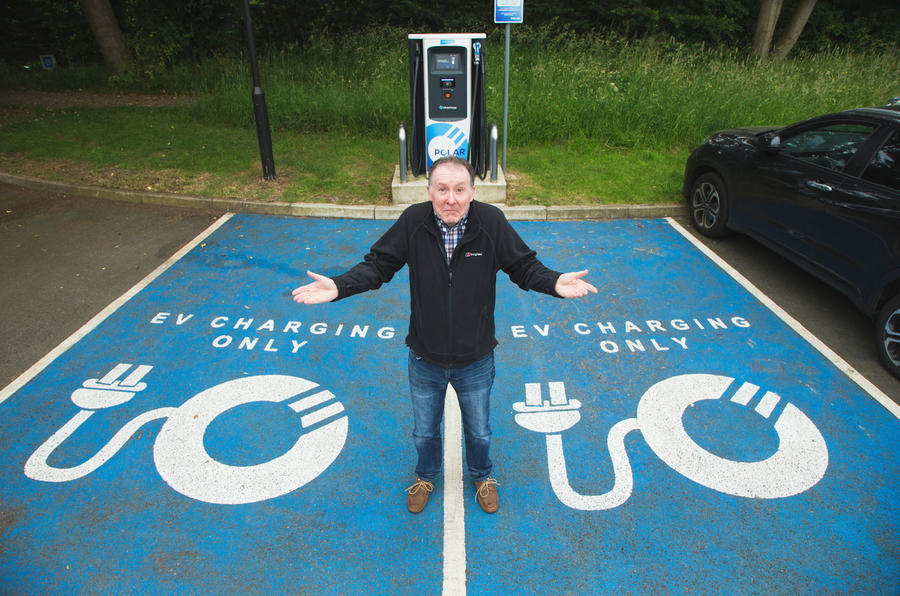





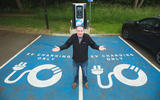








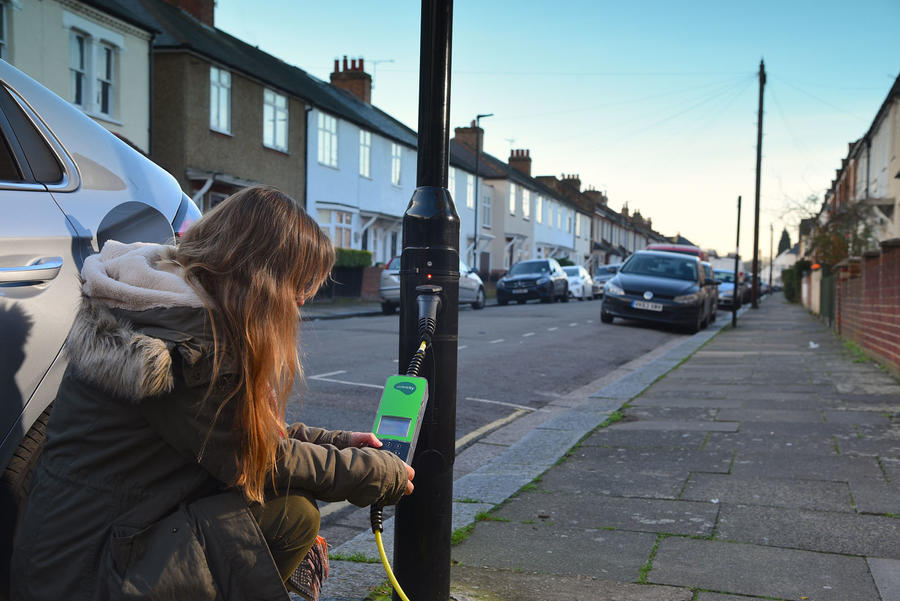
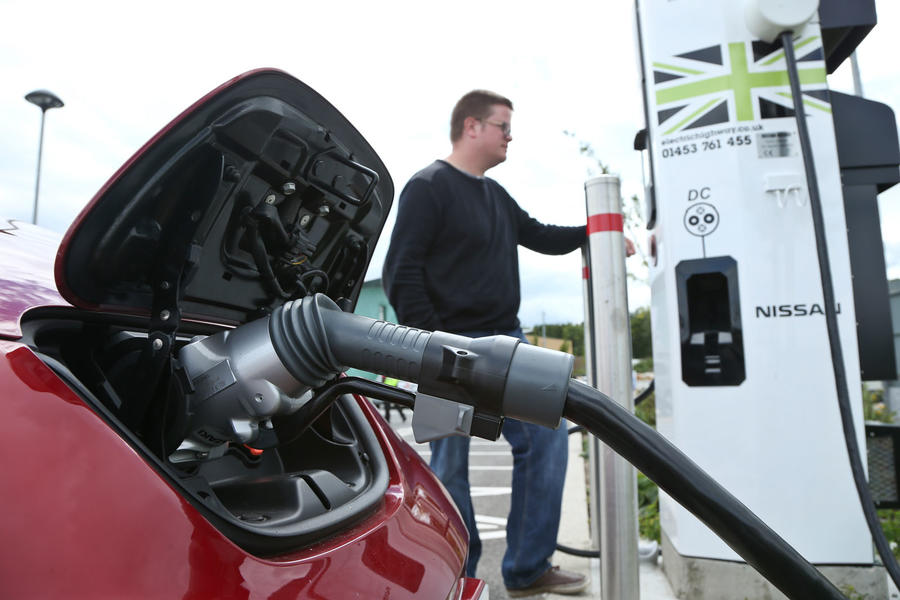

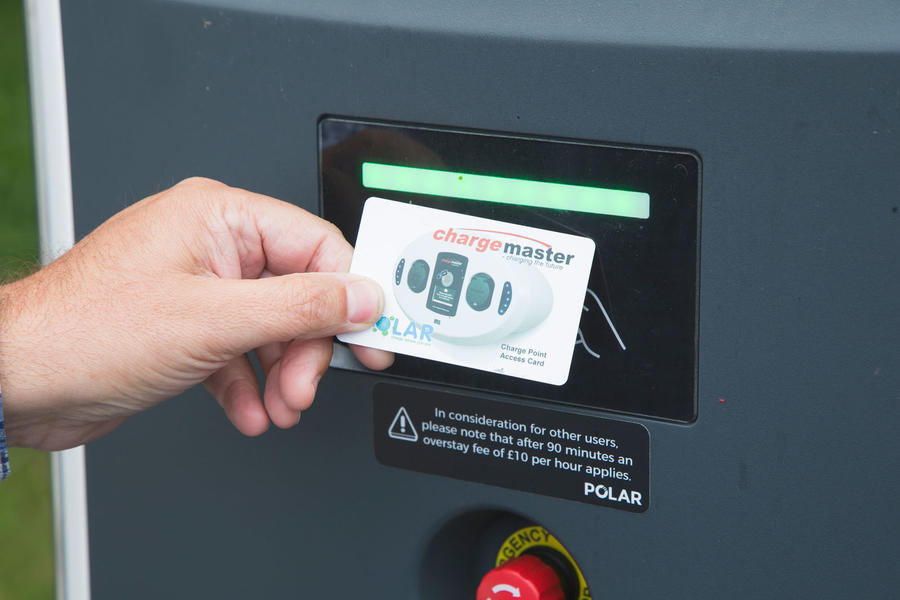


Join the debate
Add your comment
I won't hold my breath for a sensible approach to this, given the mess they've made of responding to a major health threat.
For the time being, better keep the old ICE car and buy plenty of candles, for the inevitable power-cuts.
It's a bloody mess. Moral of the story? Buy a Tesla until other manufacturers and charging networks get their act and pricing together. There's a reason why Tesla shares have soared recently.
Autocar really is going downhill - what , called "how to make a cup of tea", "how to open a door" ??
That should have read :
Autocar really is going downhill - what next, articles called "how to make a cup of tea", "how to open a door" ??
Still no edit facility either.
Agreed: Autocar acts like there is a BEV fuel crisis? Look at the Petrol & Diesel queques on our forecourts. BEV drivers have nothing to worry about now. ICE cars now have more range anxiety than BEV drivers. The most important issue for BEV drivers (full electric cars) is more chargers on the motorways and for the Government to allow key issues to be resolved such as: Home charging from terraced homes. We need connections across the footpaths that are cheap to fit. Then we need Planning legislation to allow homeowners to fit Solar Panels at 38 degree pitch to gain the maxi,u, solar energy for the homes and business. We are in a climate crisis but Planning Regs and conservationists don’t want to see solar PVs on our roofs! Yet this is the quickest, easiest method to charge our cars for the majority of our journeys. And we don’t have to upgrade the grid to facilitate this change: change the laws first! Allow all homes to fit as many PVs as possible and remove VAT from PVs and insulation for the first £10,000 of costs for fixing up homes.